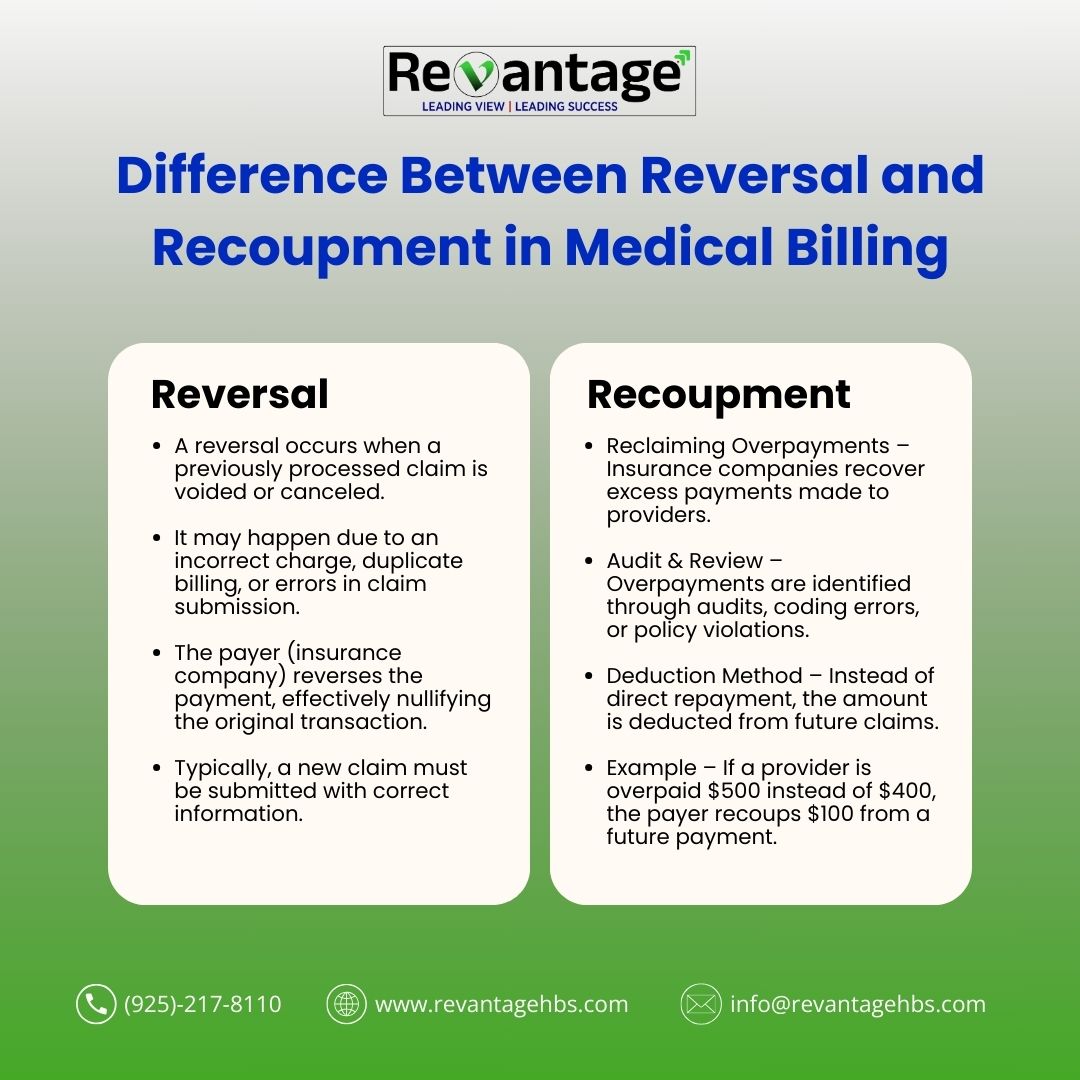For even the most seasoned healthcare practitioners, medical billers, or patients, the area of medicine billing and insurance may seem daunting. The complex terminology creates confusion and makes operating within the world of healthcare a Herculean task. Regardless, having a basic comprehension of these words is of utmost importance to ensure smooth billing workflows, claim submissions, and controlling costs within the healthcare system.
With this document, all the jargon that is baffling will be simplified so that you may grasp billing and insurance concepts easily. Whether you are a provider seeking an optimized billing cycle, a medical biller looking to sharpen their skills, or a patient pursuing understanding, this piece of content is for you.
Key Billing Terms
CPT (Current Procedural Terminology)
CPT codes are five-digit numerical codes representing specific medical, surgical, or diagnostic procedures. Healthcare providers use these codes to billing processes communicate services provided to payers, such as insurance companies. As an example, the CPT code 99213 represents a office visit.
ICD-10 (International Classification of Diseases, Tenth Revision)
These codes pertain to classification and coding of all medical diagnoses, symptoms, and procedures ICD-10. They are useful in tracking public health and optimizing disease management as well as precise billing. For example, the E11.9 code refers to Type 2 Diabetes Mellitus without complications.
HCPCS (Healthcare Common Procedure Coding System)
Like CPT codes, HCPCS codes serve a similar purpose, although not for the same areas. Unlike CPT codes, HCPCS codes deal with medical equipment, supplies, and services like ambulance transport that are not encompassed in CPT. Take code A5500 which denotes orthopedic shoes for example.
With a claim, filing healthcare associated claims, accuracy in paperwork and precise coding is essential to avoid confusion due to multitasking in different departments.
Insurance-Related Words
Deductible
An example of a deductible is when a patient is said to pay out of pocket the set amount for the plan of their choosing and only commences aiding with payments after a certain cap. If one such cap is set at a thousand dollars, then that is how much they must pay out of pocket first.
Co-pay
Co-pay coordinates more practical usage where patients incur price in exchange for access to certain services like visits to a health care specialist, and in this case, thirty five dollars for a doctor visit. A mark is unaffected with incurable spending or the deductible and usually come in form of settlement during actual servicing.
Coinsurance
In health care expenses, co-insurance means the percentage shared between the patient and the insurer after costs associated with a certain deductible have been settled. Take a setup of eighty Proposed legislation of insurance estimates coverage of 80% of bills related expenses incurred, patients shoulder the balance of 20% payments.
Premium
Premium is the sum paid by a patient which is billed on monthly basis, chronic fee billed towards the services as long as the patient is registered with the services regardless of incidence or absence of utilization of services.
Understanding these definitions allows patients to manage their finances judiciously, so they do not receive bills that are out of their expectations.
Claim-Related Terms
Explanation of Benefits (EOB)
An EOB is not a bill, but a summary of the claim. It is a document from the Insurance which explains what benefits were paid out and states what services were paid to what extent, and which the patient owes.
Claim Adjudication
This is the step insurers take for cross-checking the claims received to assess its validity, determining what degree of reimbursement would be applicable, and whether the services are covered in the patient’s policy.
Claim Denial
This is when an insurance company will not pay for a service or procedure. Reasons include: incorrect coding, incomplete documentation, or the service being medically unnecessary.
Knowing these definitions gives healthcare providers and billers the tools to process accurate claims and manage denials more proficiently.
Payment and adjustment terms
Allowable charge
The term refers to the least amount an insurance company will reimburse for a service. Should a provider charge in excess of the Allowable amount, the patient will be liable to pay the difference.
Write-off
The event where a provider accepts to be paid less than the billed amount is referred to as a write-off.
For instance, if a healthcare provider’s charge is $120 and the allowable charge is $100, the difference of $20 becomes a write-off.
Balance Billing
This occurs when the healthcare provider charges the patient the difference between their charges and the insured amount. Balance billing is generally not allowed under in-network agreements.
Knowing these terms helps streamline billing processes and communicate financial expectations to patients.
Helpful Information for Patients and Healthcare Providers
For Providers:
Stay Current With Coding: Ensure clinics provide ongoing instruction on CPT, ICD-10, and HCPCS coding.
Check Insurance Eligibility Prior To Appointments: Check patient insurance eligibility to reduce issues at claims time.
Review Claims Frequently: Utilize sophisticated systems that track submission schedules and flag rejections for immediate action.
For Patients:
Know Your Plan: Familiarize yourself with policies, deductibles, and co-pays to anticipate out-of-pocket expenses.
Check EOB Statements For Accuracy: Verify that the services provided and associated charges are accurate.
Seek Clarifications: If medical bills are confusing, ask your healthcare provider or insurance company to explain.
The Importance of Mastering Medical Billing Terms
Providers, billers, and patients must understand medical billing and insurance terms because it promotes transparency, reduces errors, and offers smoother sailing operations. Clearer comprehension of these phrases enables both providers and patients to make sound choices while sidestepping undue anxiety.
Why Revantage Healthcare
Revantage Healthcare claims their focus is in the streamlining of medical billing and revenue cycle management. They further boast of assisting healthcare providers to optimize their operations and improve cashflow all while providing better quality patient care. From medical billing and coding to denial management, they have you covered.
Wondering how else we can help your practice? Call us now on (925) 217-8110 or email info@revantagehbs.com to learn more.
Related Post: What is Medical Billing? Medical Billing Services for Small Practices
Related Post: Medical billing Services






